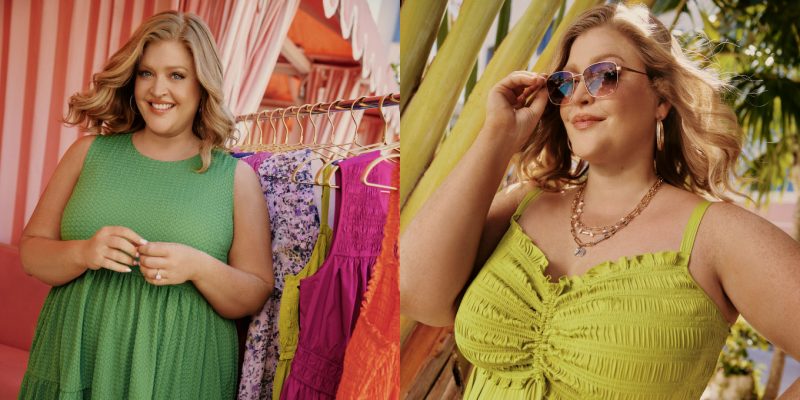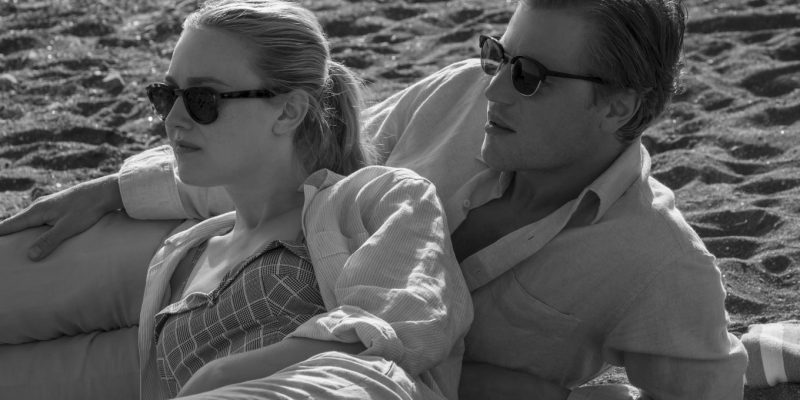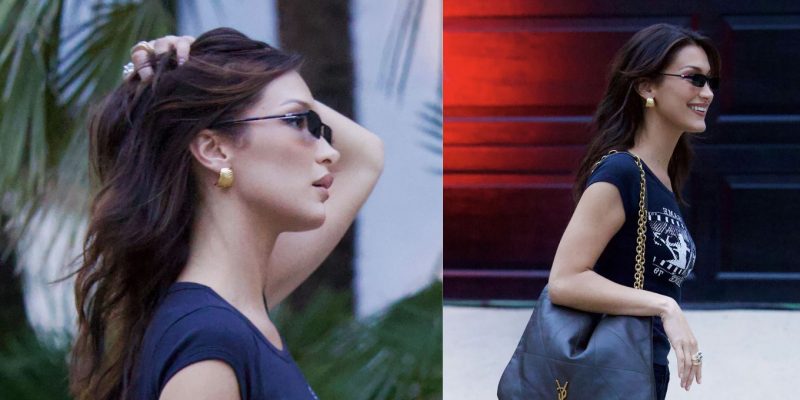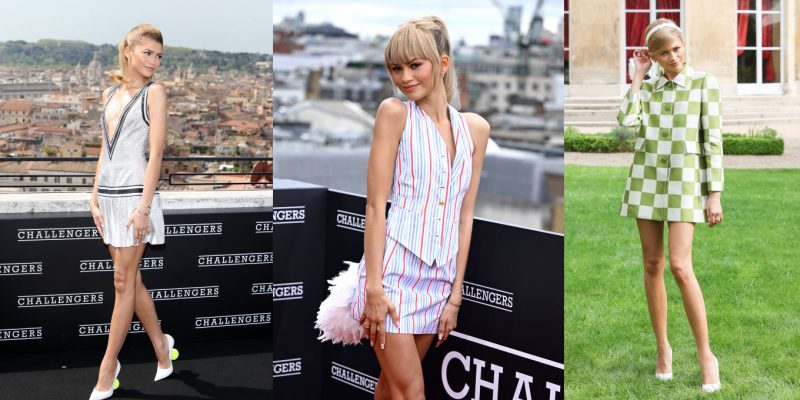Trends
Making the Case for the Beret
How the felt cap garnered a cult following in the worlds of fashion, activism and pop culture.
by : Heather Taylor-Singh- Oct 11th, 2023
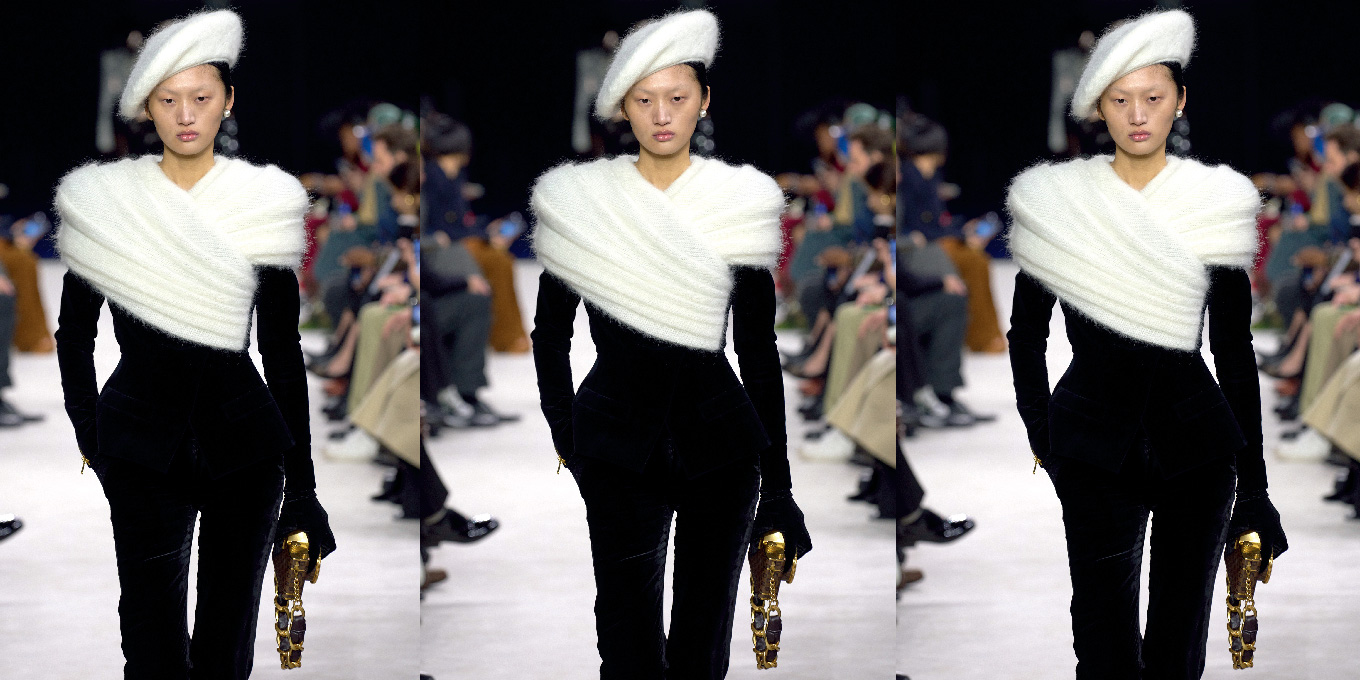
Balmain/Launchmetrics Spotlight
The beret is an elegant hat. Classic and timeless, it elevates any outfit. In contemporary fashion, it is synonymous with being chic and sophisticated and is (stereotypically) the ultimate French-girl accessory. While it can be worn in spring or summer, the beret becomes the star of the show as a playful fall or winter piece; available in a myriad of colours and textures, it adds a pop to any outfit. But it hasn’t been all fashion and fun the beret also has a long history of political undertones and societal symbolism.
Flat, floppy hats resembling berets were worn as early as the Bronze Age (3300–1200 BCE) in Western Europe and continued to be spotted throughout other parts of Europe over the centuries with one key element that has remained constant: felt. The non-woven material is made by matting and pressing wet natural fibres—typically wool—and is the optimal fabric to wear in any weather because of its versatility and durability. Farmers would use it for shoe protection, jacket linings and, of course, hats. By the 1600s, these particular black felt hats (the easiest colour to produce) were often worn by working class farmers and starving artists, leading to the colour becoming synonymous with these communities. It wasn’t until 1835 that the word “beret” was coined by the French; it originated from the medieval Latin term “birretum,” which referred to a flat woollen cap that was worn by peasants.
Catherine Deneuve, 1966
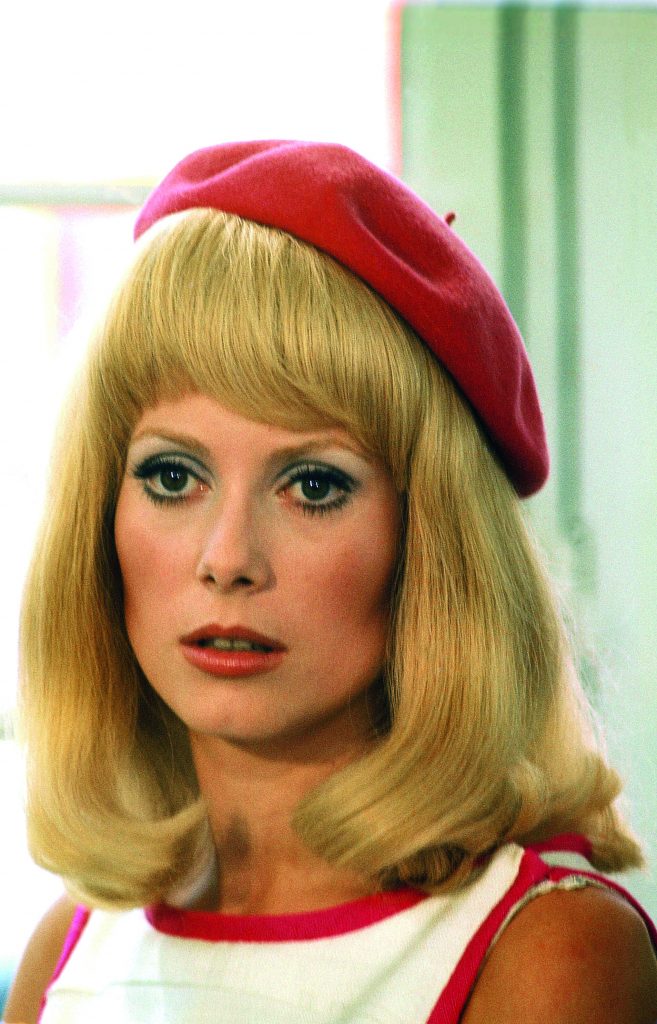 PICOT/Gamma-Rapho via Getty Images
PICOT/Gamma-Rapho via Getty ImagesAs France and Spain grew increasingly at odds with each other during the mid-1800s, the beret became a political statement—the French wore blue and the Spanish wore red. At this time, black berets were still worn by the poor, but by the early 1900s, the cap slowly began its fashion ascent, when both men and women started to wear the newly chic black accessory. The beret’s surge in popularity continued into the ’60s and ’70s thanks to French actors Brigitte Bardot and Catherine Deneuve, both of whom sported it in a rainbow of colours on and off camera. Around this time, it also became a worldwide symbol for activism, worn by notable groups including Black-power political party the Black Panthers as well as the Brown Berets, a Chicano group who fought for Mexican land rights. During this era, if you wanted to stand up for your beliefs, sporting a beret was crucial.
One of the most recognizable beret brands throughout this time was Kangol. Originating in 1938, the company was a major supplier of the hat during World War II; however, it rose to mainstream popularity in the ’60s, working with designers Mary Quant and Pierre Cardin and putting the accessory on the heads of The Beatles and, later, Princess Diana. The brand continued to be prevalent into the 1980s, with its berets being seen on members of the hip-hop community, including Run-DMC and The Notorious B.I.G. Samuel L. Jackson’s character in Quentin Tarantino’s 1997 hit Jackie Brown wore a Kangol throughout the entire film, and the actor still sports one at most red-carpet appearances to this day.
Black Panthers Protest 'Panther 21' Trial
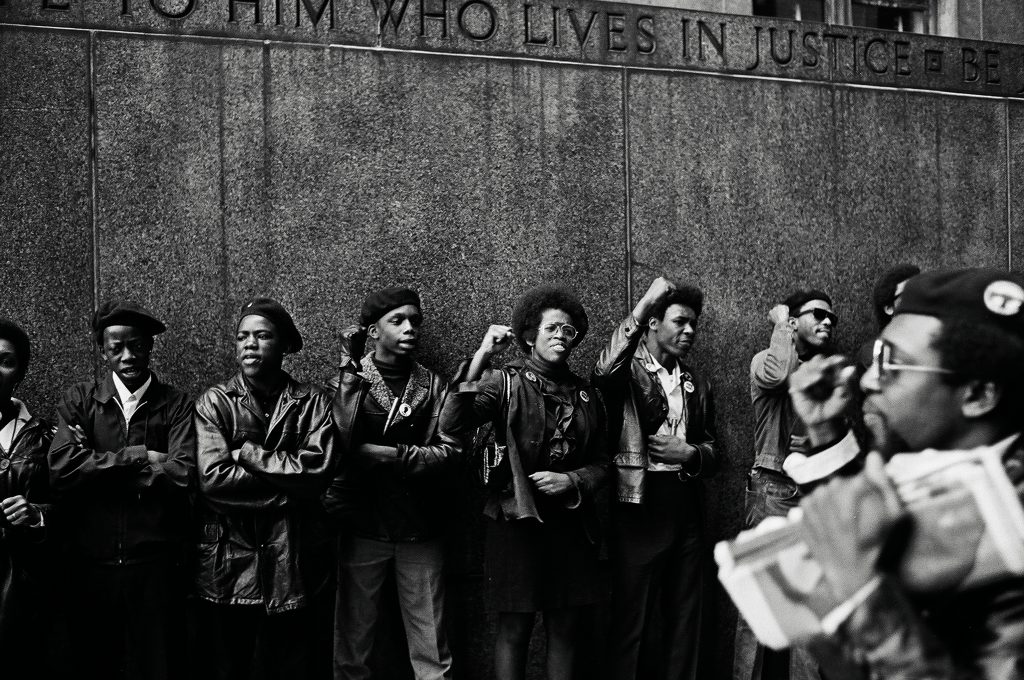 David Fenton/Getty Images
David Fenton/Getty ImagesSince then, the beret has become a pop-culture symbol in its own right. In film, it made its mark in the mid-’90s, when it was donned by empowered protesters in Panther, a young, moody Claire Danes in Baz Luhrmann’s Romeo + Juliet and California-cool characters Cher and Murray in Clueless. But the fascination with the oh-so-sleek hat didn’t stop there; it continued into the early and mid aughts—at Beyoncé’s Super Bowl halftime show in 2013, her dancers wore black berets, paying homage to the Black Panthers movement.
This year, at Balmain’s fall/winter 2023/2024 ready-to- wear show in Paris, the luxury brand reintroduced the beret in fun fabrics, including leather and angora—the latter being accompanied by a matching shrug. In Milan, Brooklyn-based designer Sara Wong’s fall/winter 2023/2024 collection offered a colourful spin on the classic silhouette with an ultra-structured red leather option, which she levelled up by layering a white mesh veil underneath. Off the runway, the beret has expanded past the use of wool—in Netflix show Emily in Paris, while the titular character rocks a standard wool beret, her bubbly-turned-brooding friend Camille sports a cool black leather one.
Whether it’s worn to be très chic or to make a serious statement, the beret is a powerful fusion of fashion and the spirit of revolution.
Newsletter
Join our mailing list for the latest and biggest in fashion trends, beauty, culture and celebrity.
Read Next

Beauty
The Best Met Gala Beauty Looks Of All Time
From Taylor Swift's 'Bleachella' era to Rihanna's iconic 2011 braids, meet the best beauty moments in Met Gala history.
by : Katie Withington- Apr 26th, 2024

Culture
Benny Blanco Says He Fell in Love With Selena Gomez Without ‘Even Noticing’ It
Allow Benny Blanco to tell the straight-from-a-rom-com story of how he realized his feelings for his girlfriend and longtime friend.
by : Alyssa Bailey- Apr 26th, 2024

Culture
This University Elevates Women to New Professional Heights
You shouldn’t have to pause your life to move forward in your career.
by : ELLE Canada- Apr 16th, 2024

